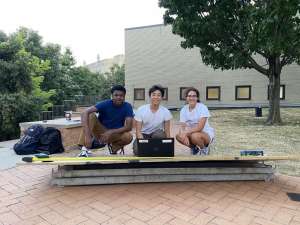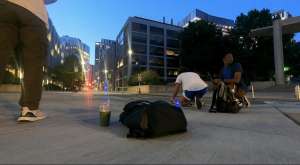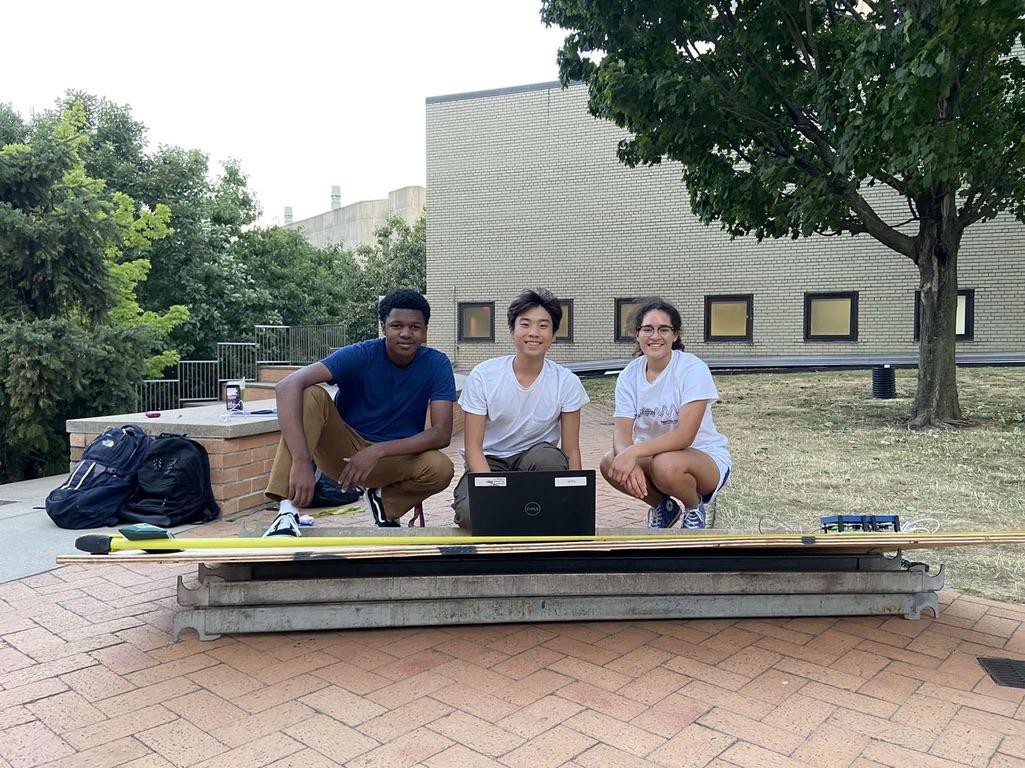For my grant project, I’m exploring my possibilities in engineering and science career fields. The grant has helped me make a more informed decision about my college major, as well as helped me to become a more competitive engineering applicant.
I used part of the grant money for a Quincy college physics course since physics is an important rec for engineering applicants. The other part of the money I’m using is on the MIT LLRISE program, which is a radar building program for three weeks. So far I’ve learned how to solder, worked on my 3D design skills and python, and learned about radars. This program has allowed me to work on the skills necessary to become an engineer and learn about the different types of engineering, because this is an overnight program I’ve also been able to have a college experience. This upcoming Friday I will be presenting at Lincoln Laboratory a radar presentation that I’ve been working on with my two teammates in front of my classmates, teachers, researchers, and professors. This camp has also been a great way for me to network with people in my desired field.
The last thing I’ve been doing with the grant money was meeting with alumni and professionals in my prospective field. One of these people was Tucker Gilman, a Deerfield Alumni, who spoke with me about mechanical engineering. He spoke to me about his current projects, the pros and cons of the career, and his experience advice from college. Tucker did a 3-2 engineering program which I was interested in so his personal experiences were eye-opening and helpful to the decision. I also have scheduled a meeting with a Biomed Engineer which is the field I plan to major in and she studied and worked abroad which I’m interested in.
I am extremely grateful for Deerfield Academy making it possible for me to pursue this by awarding me the women’s work grant. The grant has allowed me to become more prepared for college and fully explore my options. Below are two photos. One is of me and my radar team working at a field site collecting radar mapping data using a synthetic aperture radar, and the other is a different field site that we were collecting data from.
-Stella Kerwin-Derrick ’23


